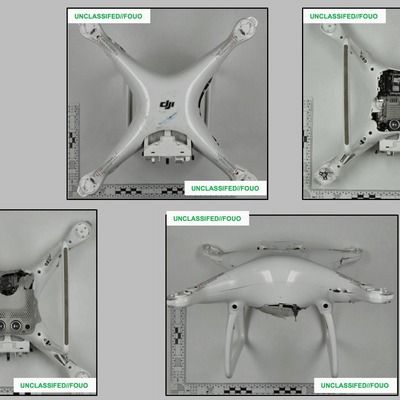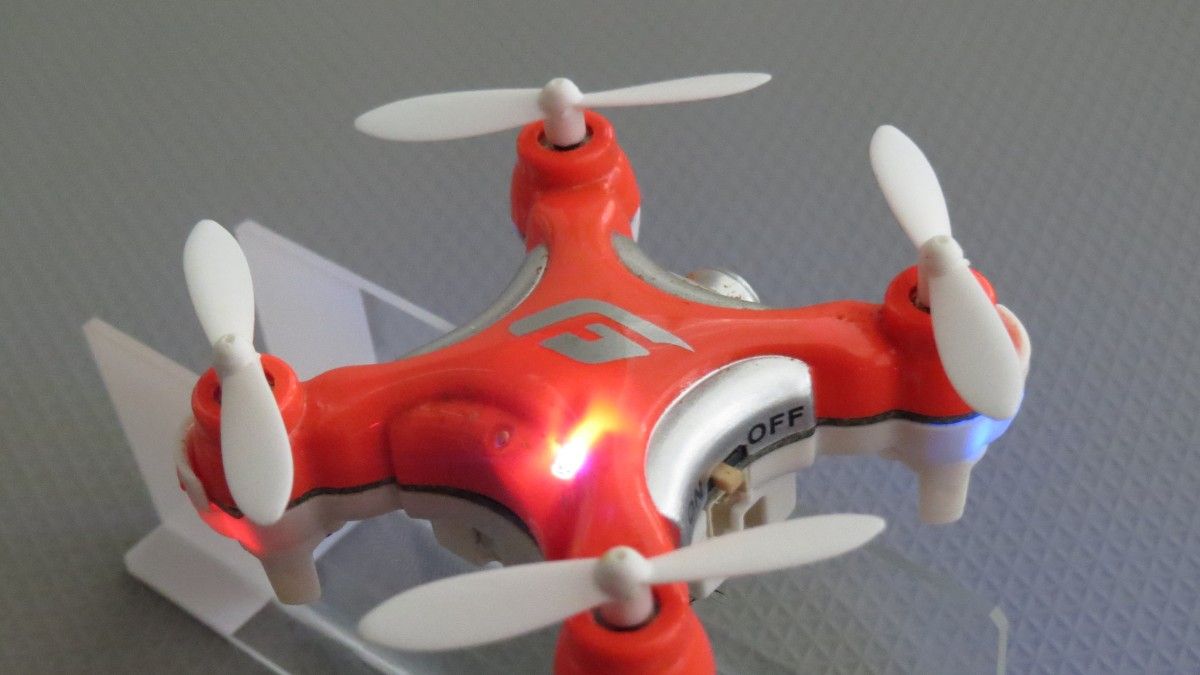As a former intelligence soldier who now sells drones for a living, I can tell you that this problem is bigger than almost anyone realizes.
Right now, I’m holding a drone that can fly thousands of feet in air in less than 30 seconds, getting it to an altitude where no one could see it. My drone could be up in the air, ready to strike a target before you even had time to blink.
A range extender I’ve added to the antenna allows me to control it up to seven miles away. Or I can click a button to activate a tracking device, ordering my drone to follow a vehicle or person, filming every movement in 4K high-definition video. If it ever loses its radio link to the controller, it can automatically return to its launch location. Except — this drone is not meant to come back. It is not meant to take nice photos of my vacation. It is meant to strike. A small mechanism allows it to carry and drop a 2.5-pound payload — potentially grenades, bombs, even poison.




